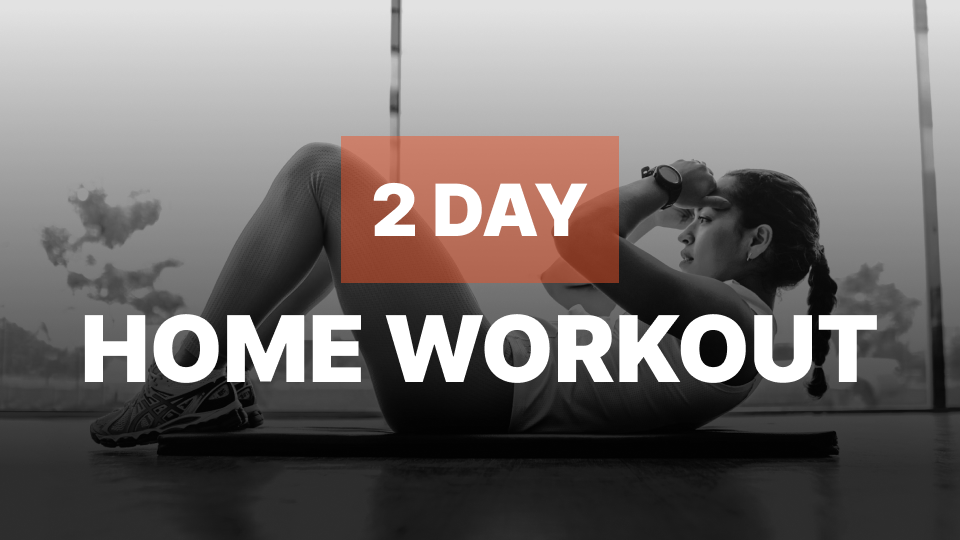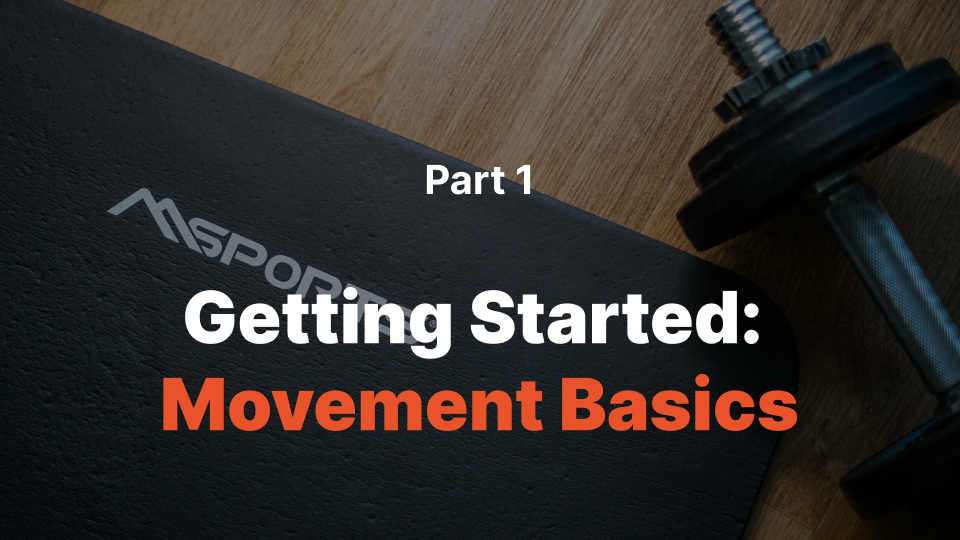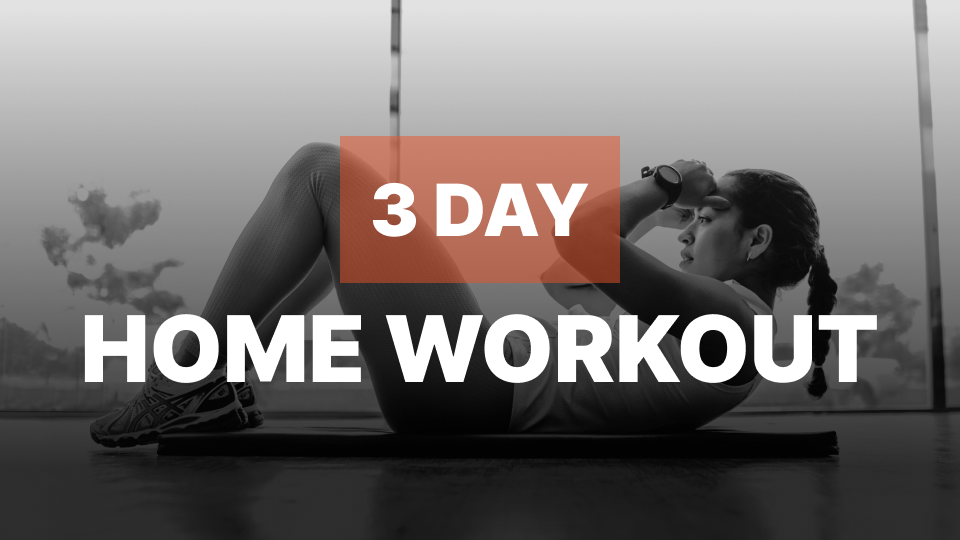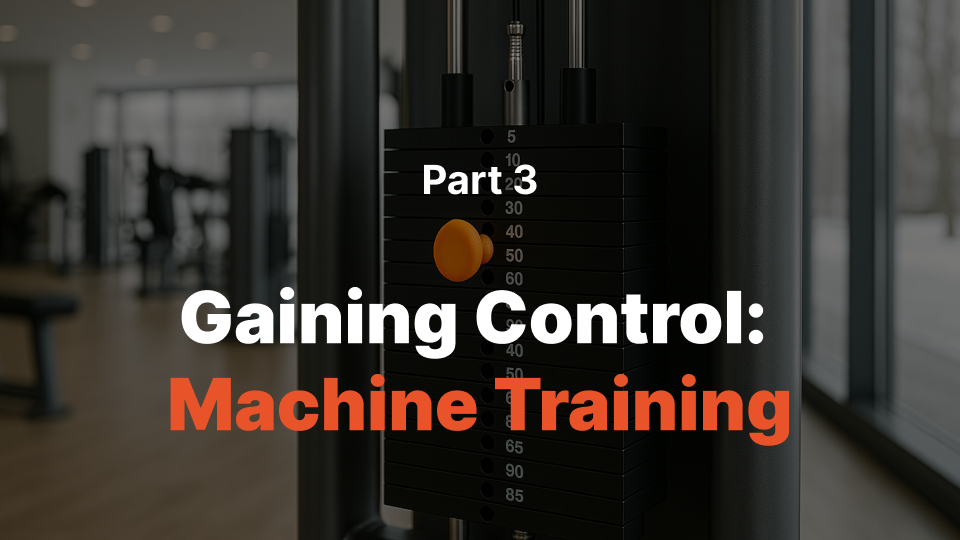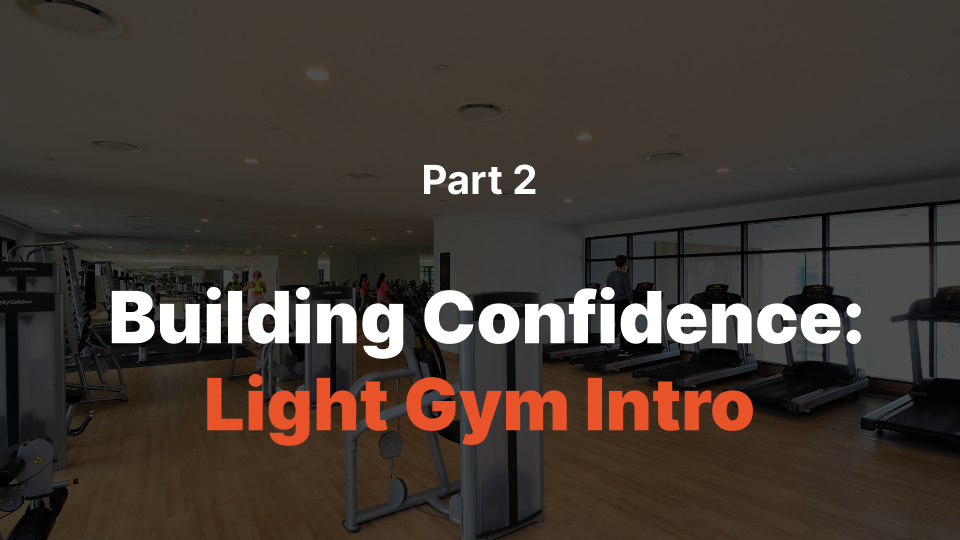Introduction
The "Plank" exercise is a core strengthening move that involves holding oneself in a push-up position with forearms on the ground and feet hip-width apart, forming a straight line from head to heels. It primarily targets the abdominal muscles, back muscles, and shoulder girdle, improving posture and stability. The plank is effective for achieving specific fitness goals such as enhancing core strength, boosting balance, and preventing lower back pain by engaging and tightening the core muscles.
Muscles Worked
- Primary: Abdominals (rectus abdominis, transversus abdominis, and obliques), Hip flexors (iliopsoas)
- Secondary: Shoulders (scapular stabilizers), Lower back (erector spinae), Glutes (gluteus maximus and medius), Quadriceps (rectus femoris)
How to Do It (Step-by-Step)
- Start in a push-up position with your elbows directly under your shoulders, forearms on the ground, and toes tucked. Your body should form a straight line from head to heels.
- Lower your forearms to the floor while keeping your elbows close to your body and maintaining a rigid core and glutes. Your body should still be in a straight line with no sagging or lifting of the hips.
- Engage your core, keep your shoulders down away from your ears, and hold this position without letting your hips dip or raise for as long as you can manage (usually 30 seconds to a minute). Remember to breathe normally during the exercise.
Tip: To prevent putting unnecessary strain on your wrists, ensure that your hands are spread wide apart, creating a stable base for your push-up position.
Rep & Rest Guidelines
- Strength: 4–6 reps, 2–3 min rest
- Hypertrophy: 8–12 reps, 60–90 sec rest
- Endurance: 12–20 reps, 30–60 sec rest
Train smarter with Auto Progression. Optimize your rest times using the Rest Timer.
Form Tips
- Maintain a neutral spine and engage your core muscles. This will help you to keep your body in alignment throughout the exercise.
- Keep your shoulders down and away from your ears. Avoid rounding your shoulders or letting them hunch up towards your ears, as this can strain your neck and upper back.
- Ensure that your body forms a straight line from your head to your heels. Avoid letting your hips sag or sticking your butt in the air, as both of these can reduce the effectiveness of the exercise and put unnecessary strain on your lower back.
When to Use It
- Core Strengthening: Regular plank exercises help build core strength and stability, benefiting daily activities and reducing the risk of injury.
- Posture Correction: Planks improve posture by activating the muscles that keep the spine straight, which is especially useful for desk workers or those with poor posture habits.
- Balance and Coordination: Side plank variations enhance balance and coordination due to their single-side activation, making them valuable in sports and daily life.
Workout History is essential for tracking your progress and maintaining a consistent exercise routine.
The plank primarily works the core muscles, including the rectus abdominis, obliques, and transverse abdominis.
For beginners, aim for 30 seconds to 1 minute. As you build strength, work up to 2-4 minutes.
There are several variations like side planks, plank with leg lift, and plank rotations that target different parts of your core.
Yes, but give your body rest days to prevent overuse injuries. Alternate plank days with other exercises or rest days.
If you experience sharp or persistent pain, stop immediately and consult a healthcare professional. Soreness is common but should subside after a few days.


